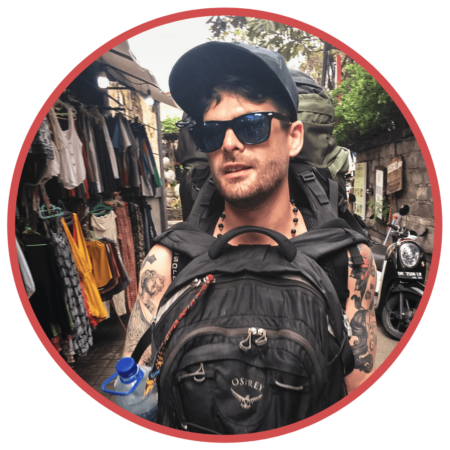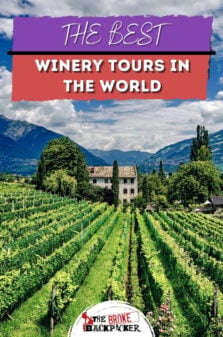The wonderful world of wine – it’s something intriguing, romantic, and downright beautiful. Whether you’re simply a weekend wine warrior, a self-proclaimed oenophile, or have a wine course or two under the belt, it has a different appeal to us all.
But at the end of the day, wine is something that is to be enjoyed, and it shouldn’t matter how it’s done. If you’ve read some of my previous posts on the best wine regions, then you’re in familiar territory. If this is your first time joining, then a very warm welcome.
I’ve banged together this guide to introduce you to the concept of wine tourism around the world, and get you inspired with the best winery tours in the world.
Let’s go!
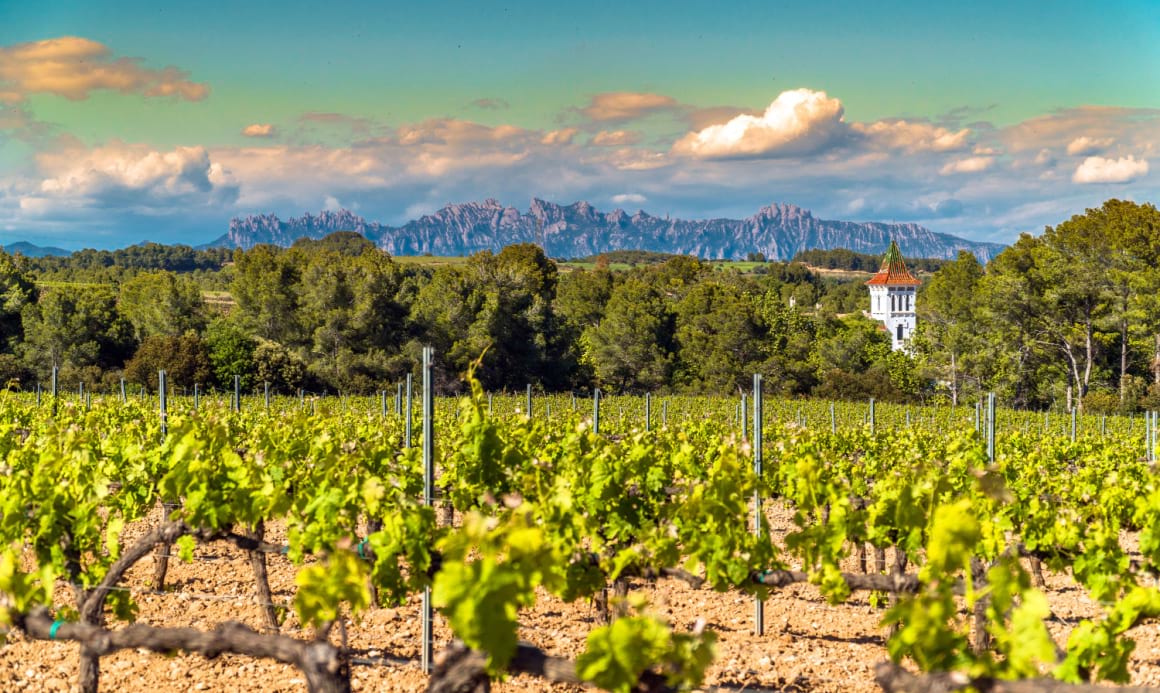
The Broke Backpacker is supported by you. Clicking through our links may earn us a small affiliate commission, and that's what allows us to keep producing free content 🙂 Learn more.
What is a Vineyard Tour?
A vineyard tour takes wine enthusiasts travelling the world into the heart of a wine region to learn more about everything that encompasses the end product, and how it got there.
I’m talking about going for a trot through the vineyards to learn about the soils in which they’re planted, how the vines are pruned, and the orientation of the vines to the sun.
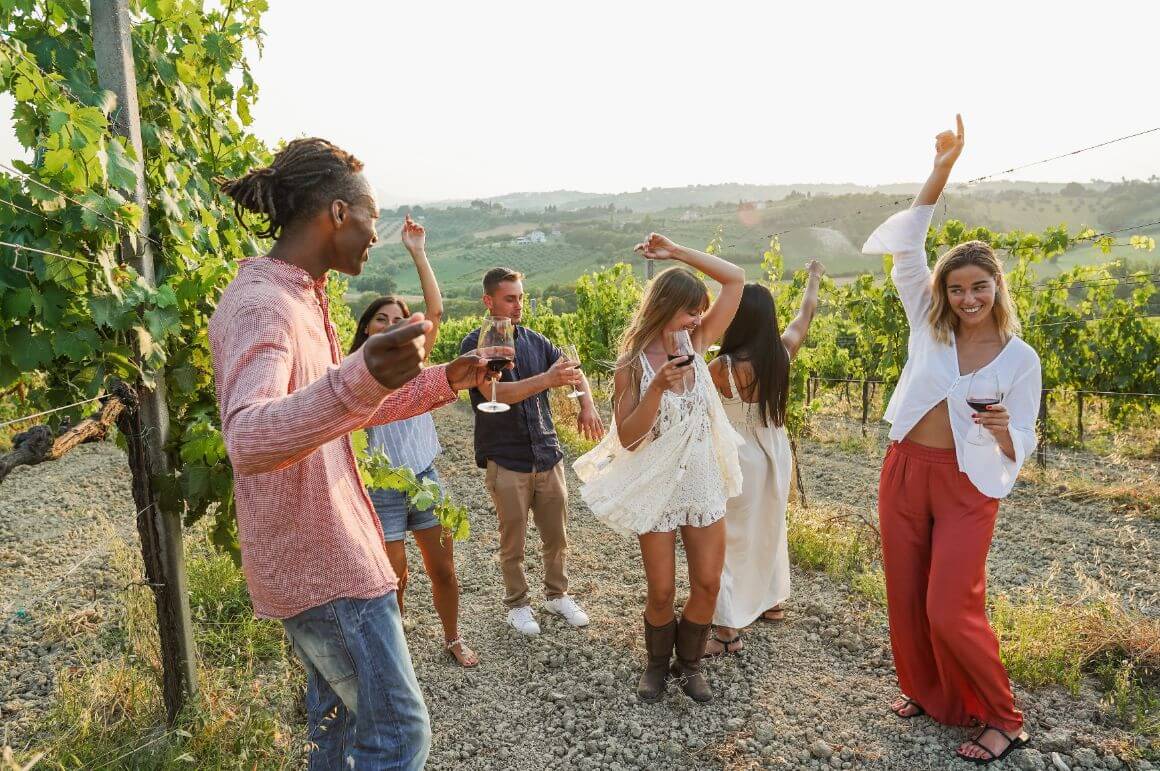
But it doesn’t end there! You will also head into the cellar and learn all about the processing and production techniques required to convert them into liquid gold. The best part, however, is getting to sip on the final product as you taste your way through a winery.
The entire day is very much a mutually beneficial arrangement. You get to learn (and try) the wines and the owners get to reach new clientele. Everyone wins!

Our GREATEST Travel Secrets…
Pop your email here & get the original Broke Backpacker Bible for FREE.
Top Wine-Producing Countries
Right, now it’s time to look at some of the top wine-producing countries in the world. Each of the countries below is a significant contributor in terms of both quantity and quality and has firmly rooted itself in the wonderful world of wine.
Let’s take a look:
Italy
Italy has earned the coveted spot of the world’s largest wine producer, with an overall contribution of around 49.8 million hectoliters. Italy also has a total of 20 official wine regions spread across the country that grow a total of 350 official grape varietals.
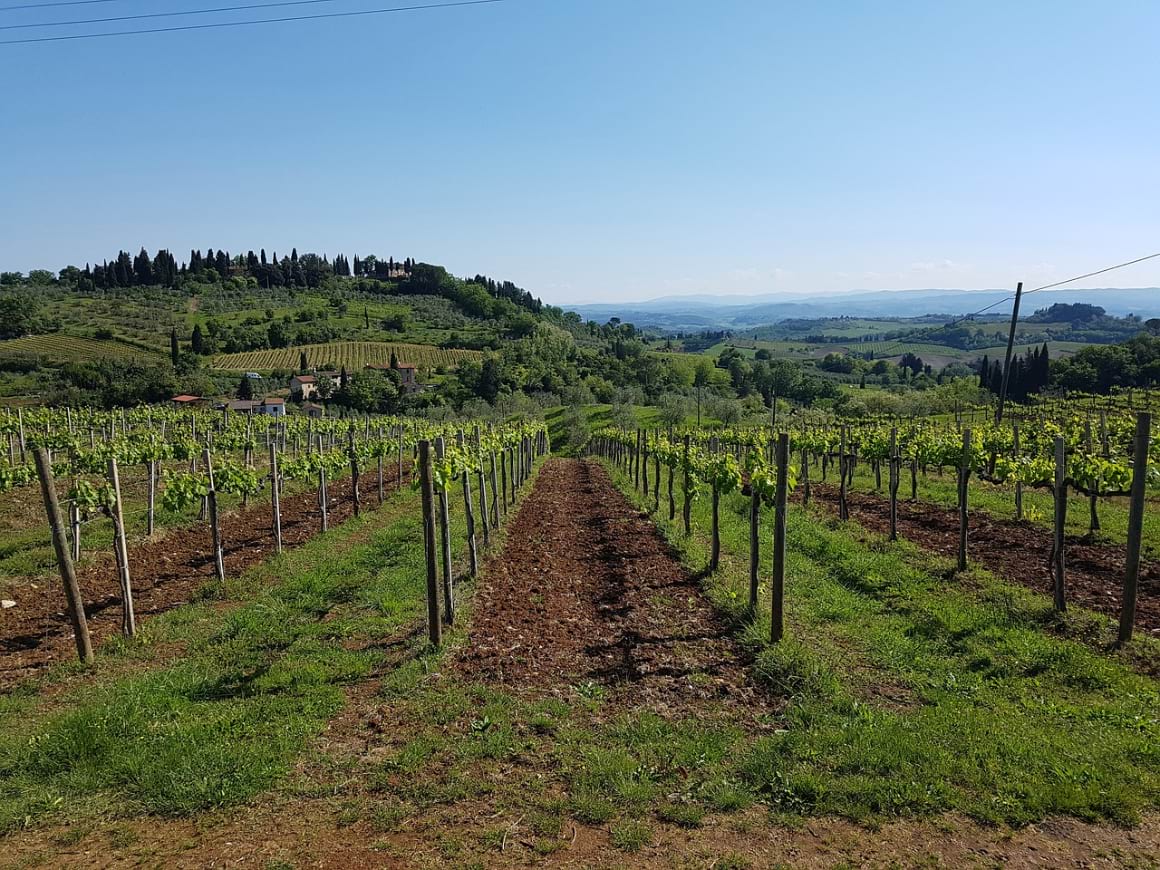
Photo: Christina Gray
If you’re feeling a bit overwhelmed right now, that’s okay. Take a seat and sip on a crisp glass of Vermentino – everything is going to be okay as we dive into Italy’s winery tours.
The most famous wine regions include Tuscany, Piedmont, and Veneto, which are responsible for some of the world’s most sought-after and expensive wines. Other notable regions include Emilia-Romagna, Umbria, Sicily, Lombardy, and Puglia.
France
Coming in at a close second, France is responsible for producing 45.6 million hectoliters of wine a year. France has 11 recognized wine regions spread across the country, each with its own unique set of growing conditions.
Terroir is a term that you will often hear when it comes to French wines and essentially encompasses everything responsible for producing a particular wine.
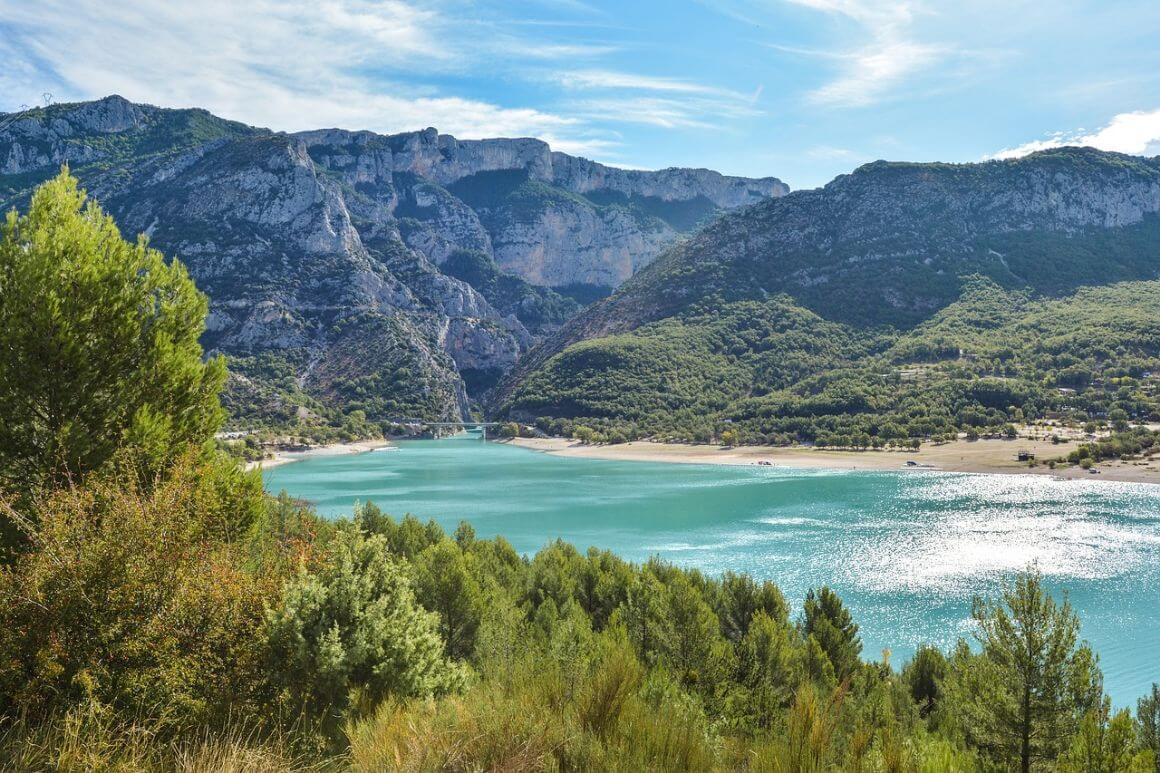
The most famous wine tours in France include the locales of Bordeaux, Burgundy, and Champagne. Some of the world’s most expensive wines come from France, with Burgundian vino often topping the list. The other notable regions include Provence, The Rhone Valley, The Loire Valley, and Alsace.
Spain
It’s a mystery to me as to why Spanish wines somehow manage to fly under the radar when the country is the third-largest producer of wine in the world. Spain produces in the region of 35.7 million hectoliters of wine a year, with vineyards spanning over just shy of a million hectares – that’s a mind-blasting statistic!
Spain has 138 recognized wine designations spread across seven distinct climates throughout the country. Although a guided tour is the best way to learn about Spanish wine, let’s not over-complicate things for now. I’ll stick to some of the main wine regions, the most famous being the mighty Rioja in the northeastern reaches of the country. Other notable locales include Cava, Priorat, Rías Baixas, and Rueda.
Australia
Behind the US, Australia is the next largest producer of wine in the world, with production sitting at around 12.7 million hectoliters. And it’s not all about Shiraz anymore!
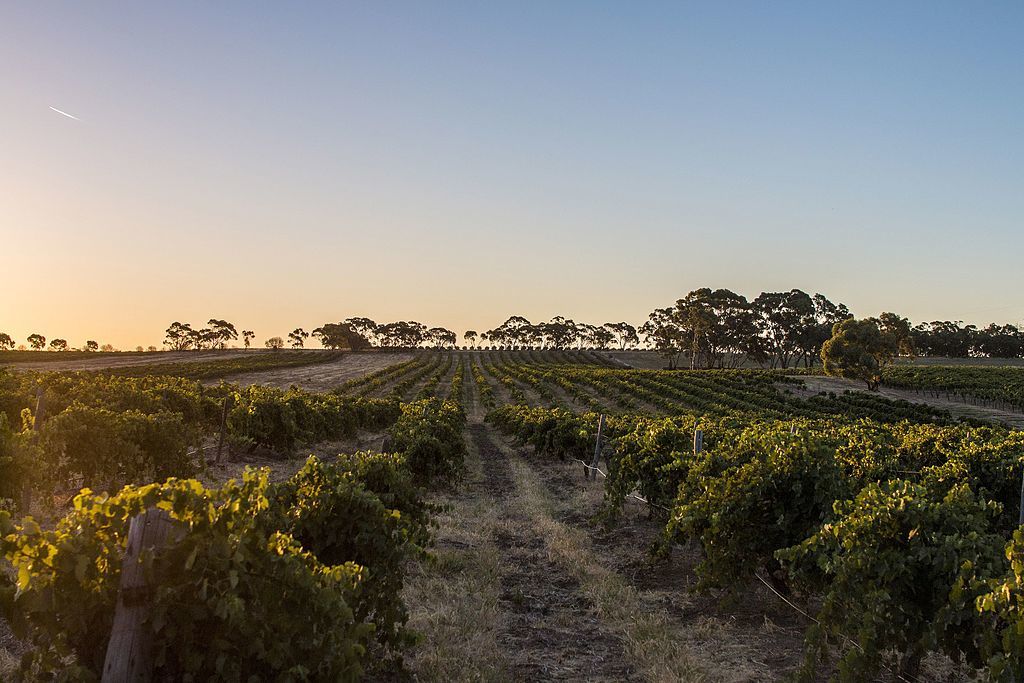
Photo: Olivier Colas (WikiCommons)
Australia’s wine-growing regions (65 to be exact) occupy an area of around 160,000 hectares. The majority are found in the southern stretches of the country where it is slightly cooler.
South Australia, home to the famous Barossa Valley, is by far the largest and most prestigious region. Other major contributors include Western Australia and Victoria which are making waves, so to speak, in the Australian wine world.
South Africa
After Australia, Chile and Argentina are the next largest producers of wine in the world, followed by the only African country on the list, South Africa.
Wineries in South Africa come together to be the 8th largest producer of wine in the world, with a total of around 10.2 million hectoliters made each year. There are six main wine regions in the country which are home to 60 appellations that hold the Wine of Origin (WO) status.
The most famous of South Africa’s wine regions is Stellenbosch, which forms a part of the Cape Coastal region. Wine-making history in Stellenbosch dates back to the 17th century when Jan van Riebeeck was responsible for planting vines and producing wines. The other notable wine-producing regions in South Africa include Walker Bay, Elgin, Swartland, Hemel en Aarde, and Constantia.
Wine Geek Moment!
Constantia is home to one of the most famous sweet wine’s in the world, Vin de Constance. It has been produced for a couple hundred years, and was enjoyed by none other than Napoleon Bonaparte.
Germany
Next up is Germany, with a total wine production of around 8.9 million hectoliters. Germany produces much smaller quantities of wine in relation to its other European counterparts. It’s here that Riesling rules supreme, with the largest plantings of the varietal in the world.
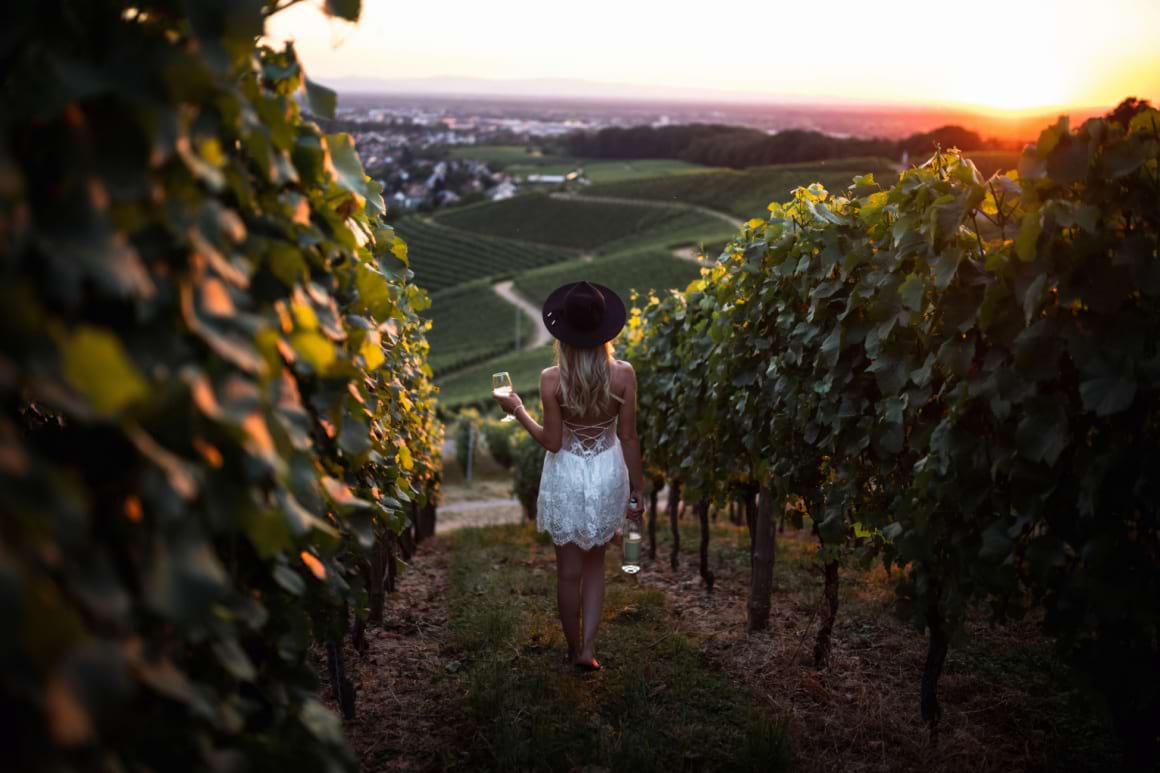
13 sub-regions in the country have plantings of approximately 250,000 total acres of vineyards. So you’ll still have plenty of German winery tours to choose from!
The most famous region, however, is the Mosel found in the western part of the country. The Mosel is home to some of the highest-quality Riesling, with steep terraced vineyards spanning the backs of several rivers. Other notable wine regions in Germany include Rheingau, Rheinhessen, Baden, Württemberg, and the Pfalz.
Portugal
Rounding off the top 10 wine-producing countries in the world is Portugal, with a total production of approximately 6.8 million hectoliters. Portugal has 13 official wine regions that span almost the entire country, including the island of Madeira.
The most interesting fact about Portuguese wines is that there are no less than 250 indigenous grape varietals that wines are produced from.
The most famous region in Portugal is the Duoro Valley, home to the world-famous Port wine, and a recognized UNESCO World Heritage Site. Port is one of the most copied wine styles in the world, with many producers around the world attempting to replicate it. The other notable regions in Portugal include Minho (Vinho Verde), Lisboa, Alentejo, Dão, and of course, Madeira, home to one of the most famous fortified wines in the world.
New Zealand
While New Zealand sits outside of the top 10 wine-producing countries in the world in terms of total production (3.8 million hectoliters), don’t let this fool you. New Zealand makes some of the top Sauvignon Blanc in the world, and at the end of the day, it’s not all about quantity.
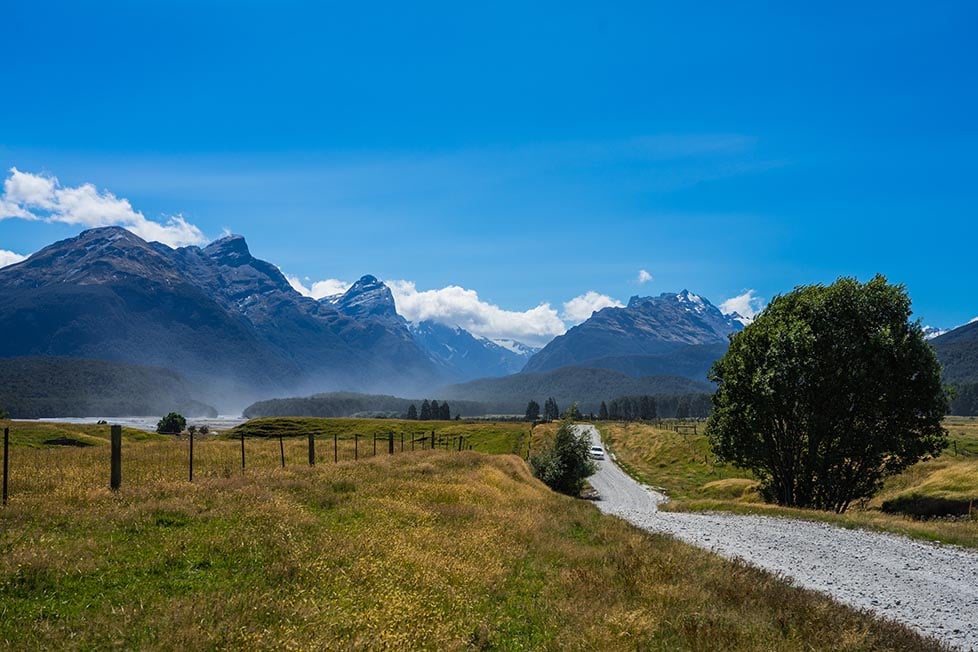
Image: Nic Hilditch-Short
There are 10 wine regions in New Zealand that span both the north and south islands, with the focus being predominantly on Sauvignon Blanc and Pinot Noir. Other cool climate varietals like Chardonnay, Riesling, and Pinot Gris also flourish in the country.
The most famous wine region in New Zealand is Marlborough, found on the east coast of the south island. Cool temperatures lead to slow ripening and longer hang time, meaning Sauvignon Blanc’s reach full phenolic ripeness but still have amazing acidity.
Martinborough is also a beautiful region to visit for wine. Located toward the bottom of the north island (near Wellington), this gorgeous spot is filled with wineries. Join a wine tour from Wellington or go wild and book yourself a vineyard stay in Martinborough and sleep amongst the vines!
Other notable regions include Waipara, Auckland, Waiheke, and Hawkes Bay.
Georgia
Last but definitely not least, is Georgia (the country, not the state in the US), which produces a total of around 2.1 million hectoliters. While Georgia churns out relatively small quantities of wine in relation to the rest of the countries above, it’s still one of the most significant wine-producing countries in the world.
Why?
Well, Georgia is often regarded as the birthplace of wine, with production dating back almost 8,000 years.
There are rumored to be more than 500 indigenous grape varietals in the country, many of which most of us have never even heard of! The most famous being Saperavi, a red varietal, and Rkatsiteli, a white varietal.
Most of the wines in Georgia are made in a traditional style with the use of a unique clay fermentation and ageing vessel called a Qvevri.
Kakheti is by far the most famous wine region in Georgia, found in the south-eastern stretches of the country. Other notable regions include Kartli, Racha-Lechkhumi, Imereti, and the Black Sea Coast regions.
Elite Wine Regions of the World
Every wine-producing country has its elite wine regions – the real Rolls Royce regions, so to speak.
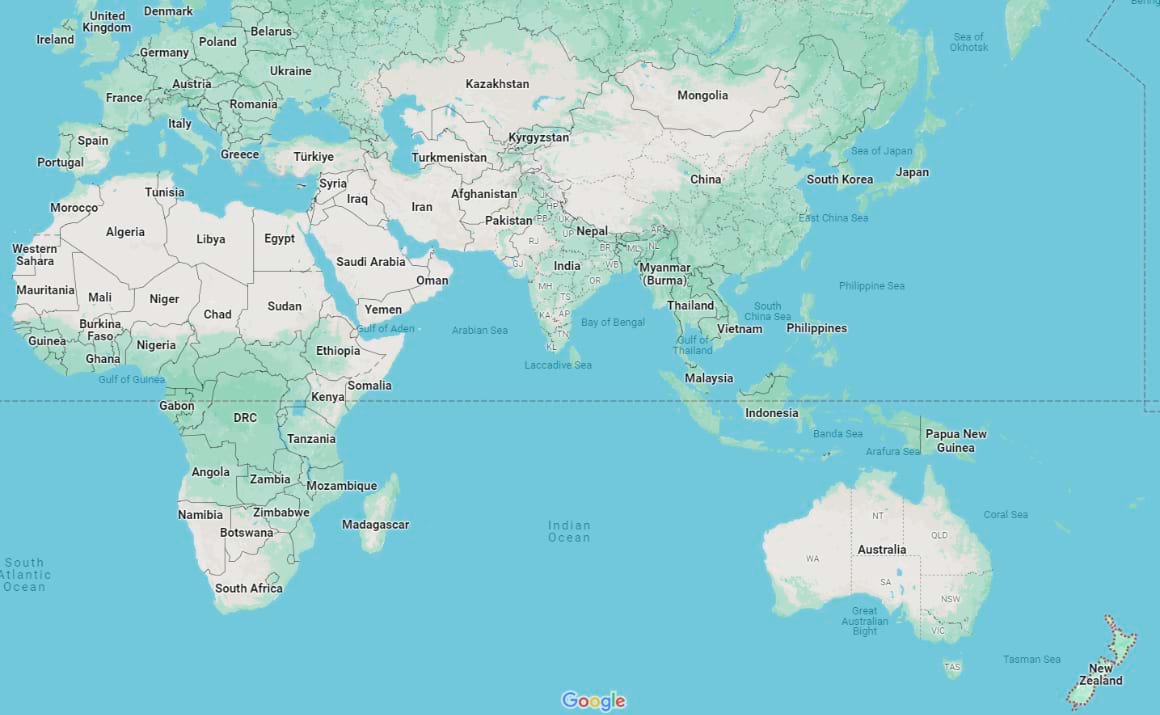
They are regarded as the crème de la crème and every wine enthusiast will have heard of them. They are responsible for producing some of the most highly-regarded wines in the world that often fetch some of the highest prices.
Let’s take a look at some of the most famous wine regions in the abovementioned countries:
Tuscany, Italy
First up, is none other than Tuscany – one of the most famous regions in not only Italy, but the whole of Europe too. Responsible for around 17% of DOC production in Italy, Tuscany is one of the top three producers in the country, but it isn’t all about quantity. Some of the best wines in the world come from Chianti – a name that any serious wine drinker will know. No wonder staying in Tuscany is so popular!

Sangiovese is the predominant varietal used in Chianti but also makes up two-thirds of the total plantings in the region. Trebbiano, on the other hand, is the most commonly planted white varietal, followed by Malvasia, Vermentino, and Vernaccia. Other notable wines from Tuscany are Vin Santo, a dessert wine, and Super Tuscans, a Sangiovese-Cabernet Sauvignon blend.
Bordeaux, France
Bordeaux is arguably one of the most famous wine regions in the world, found on the west coast of France just a short commute from the sea. It’s certainly a popular place to stay in the summers, and soon you’ll see why. The “maritime warm” climate of the region, which spans both banks of the Girond Estuary, is relatively flat and sees rainfall throughout the year.
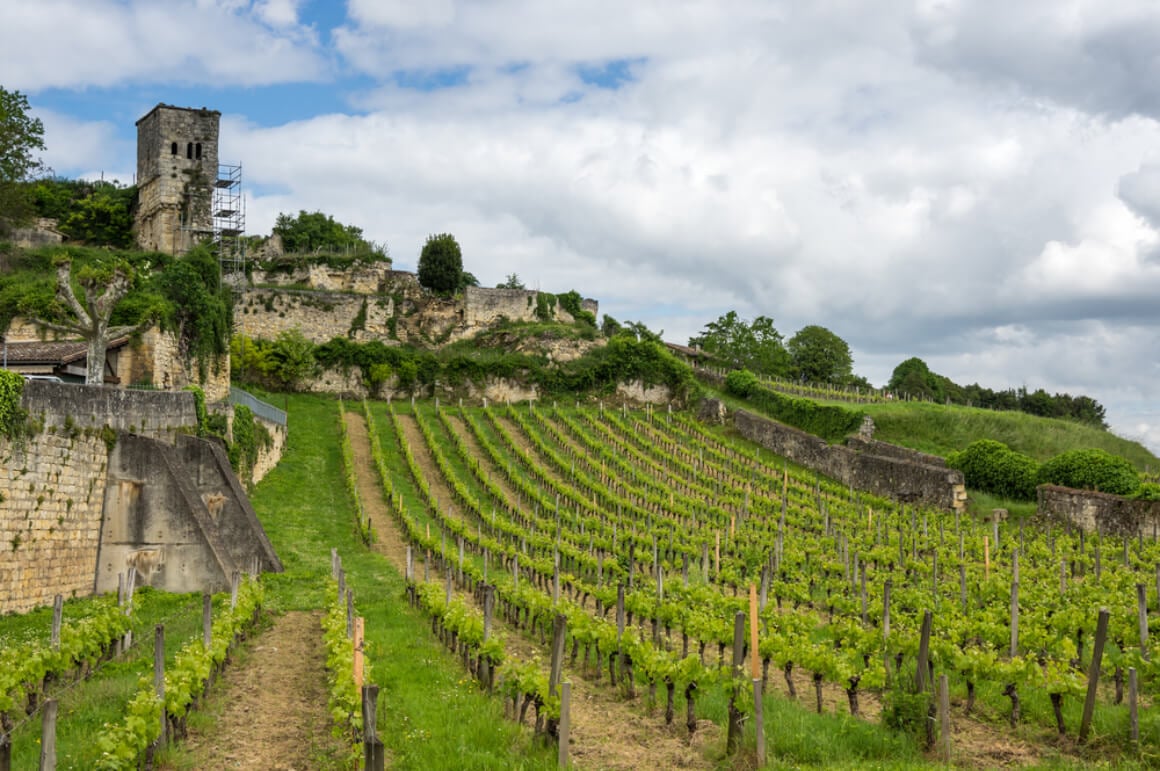
The terms “left bank” and “right bank” describe the two unique growing areas of Bordeaux. The former hosts predominantly warmer, gravel soils best suited for Cabernet Sauvignon, while the latter provides cooler, moisture-retaining clay soils better suited for Merlot.
Other varietals from Bordeaux include Cabernet Franec, Malbec, Petit Verdot, and Carménère on the red front, and Sauvignon Blanc, Semillon, and Muscadelle on the white front. The most notable appellations (AOC’s) in Bordeaux include Margaux, Pauillac, Saint Emilion, Sauternes, and Pomerol.
Rioja, Spain
A trip to Spain isn’t complete without a visit to its top wine region, Rioja, only one of two to hold the prestigious DOC status. Rioja runs along the Ebro River for approximately 62 miles, alongside the Navarra region.
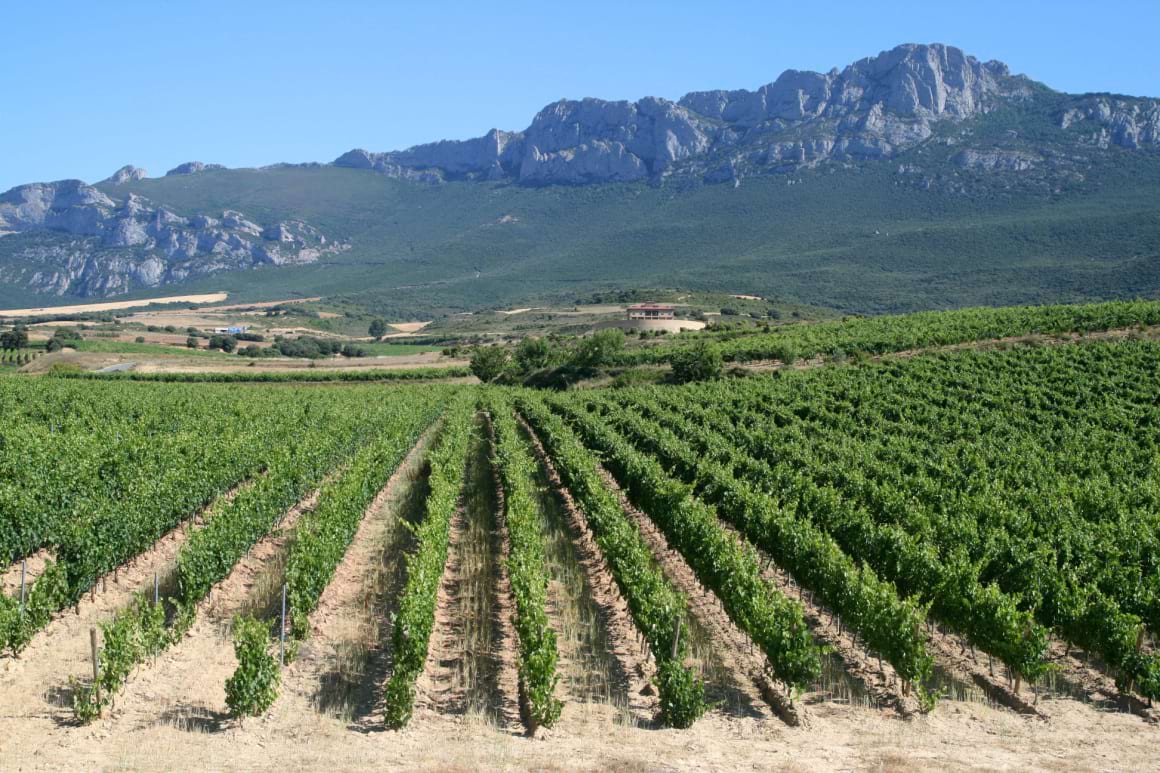
The famous berry-scented red wines from Rioja are produced predominantly from Tempranillo and Garnacha as well as small portions of both Mazuelo (Carignan) and Graciano. There isn’t much in the line of white wines produced in the region, though very limited quantities of Macabeo (Viura) and Chardonnay make an appearance.
The sub-regions of Rioja include Rioja Alta, Rioja Alavesa, and Rioja Oriental with wines being further classified into Joven, Crianza, Reserva, and Gran Reserva.
Barossa, Australia
The Barossa Valley is the most recognized of the six South Australian wine regions. There are two distinct sub-regions within Barossa, namely the Eden Valley and the Western Barossa Valley. The former, is a higher altitude, cooler region, while the latter is much warmer.
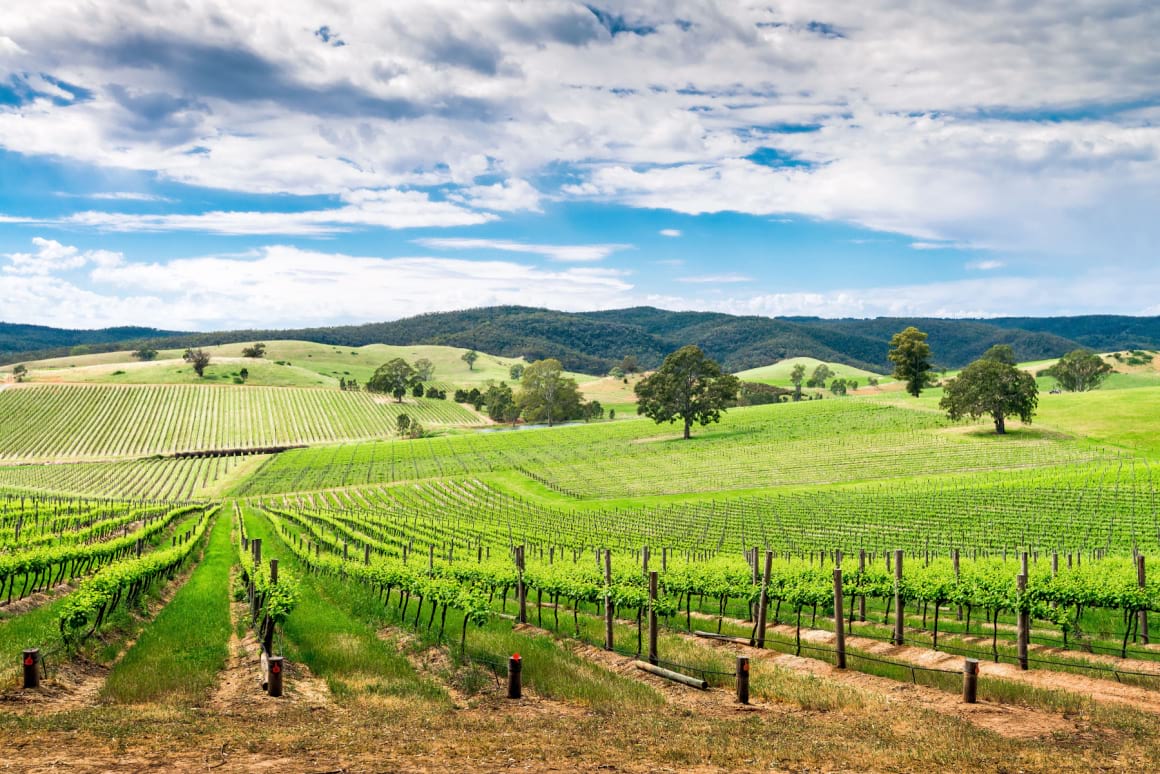
The difference in growing conditions of the two areas means that the wines differ greatly in style, but one thing remains consistent – Shiraz rules supreme! Bold, intense, and powerful wines are the style synonymous with Barossa. Other varietals planted in the region include Riesling, Merlot, Cabernet Sauvignon, Semillon, Chardonnay, Viognier, Grenache, and Mouvedre.
Stellenbosch, South Africa
Stellenbosch, the home of the uniquely South African grape varietal, Pinotage, is South Africa’s most famous wine region. Located in the Western Cape not far from Capetown, it’s near the Indian Ocean in False Bay. With this comes favorable cooling summer breezes called the Cape Doctor – a south-easterly wind from the Southern Ocean.
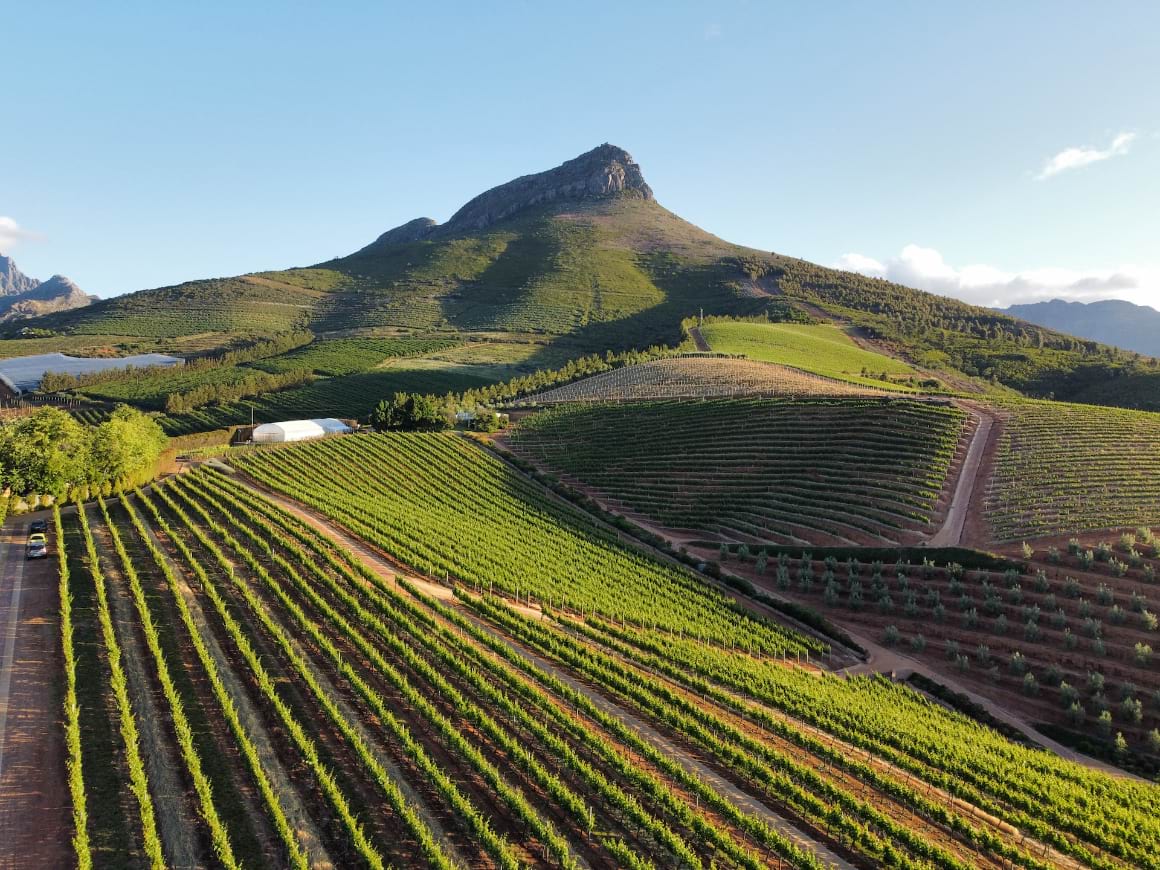
Stellenbosch as a region focusses on Cabernet Sauvignon as well as other Bordeaux reds and, of course, Pinotage. White varietals that are commonly planted in the region are predominantly Chenin Blanc, Chardonnay, and Sauvignon Blanc. Both the topography and soil type vary greatly in Stellenbosch, resulting in unique wines and styles depending on the conditions in which they are grown.
Mosel, Germany
From South Africa, we head far north to Germany, and the world-famous Mosel region – the spiritual home of Riesling. The region follows the course of the Mosel River, with steep vineyards transcending upwards from its banks. Many of them only being able to be accessed by humans as they are too steep for machinery.
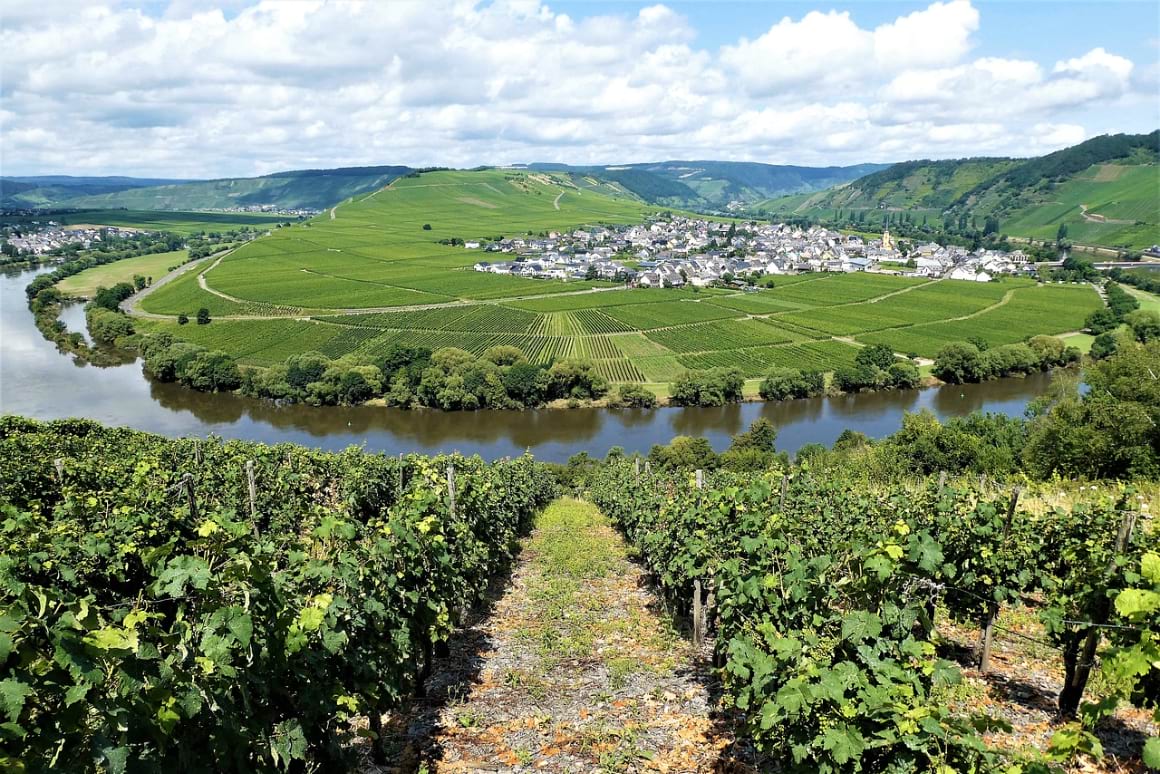
This proves to be quite dangerous work as the loose shale coupled with the steep slopes makes for slippery work. Aside from Riesling, which makes up around 60% of all plantings, you can expect to find plantings of Weissburgunder (Pinot Blanc), Spätburgunder (Pinot Noir), Müller-Thurgau, and Elbling.
While Riesling gets mentioned a lot when it comes to the Mosel, it’s not for anything other than appropriate. They are some of the best renditions of the varietal in the world, with the perfect balance of sweetness, acidity, and alcohol.
Duoro Valley, Portugal
Sticking around in Europe for now, the next of the elite wine regions in the world is the Duoro Valley in Portugal. The Duoro Valley spans both areas on either side of the Duoro River, with vineyards often lining steep slopes that transcend up from the water level.
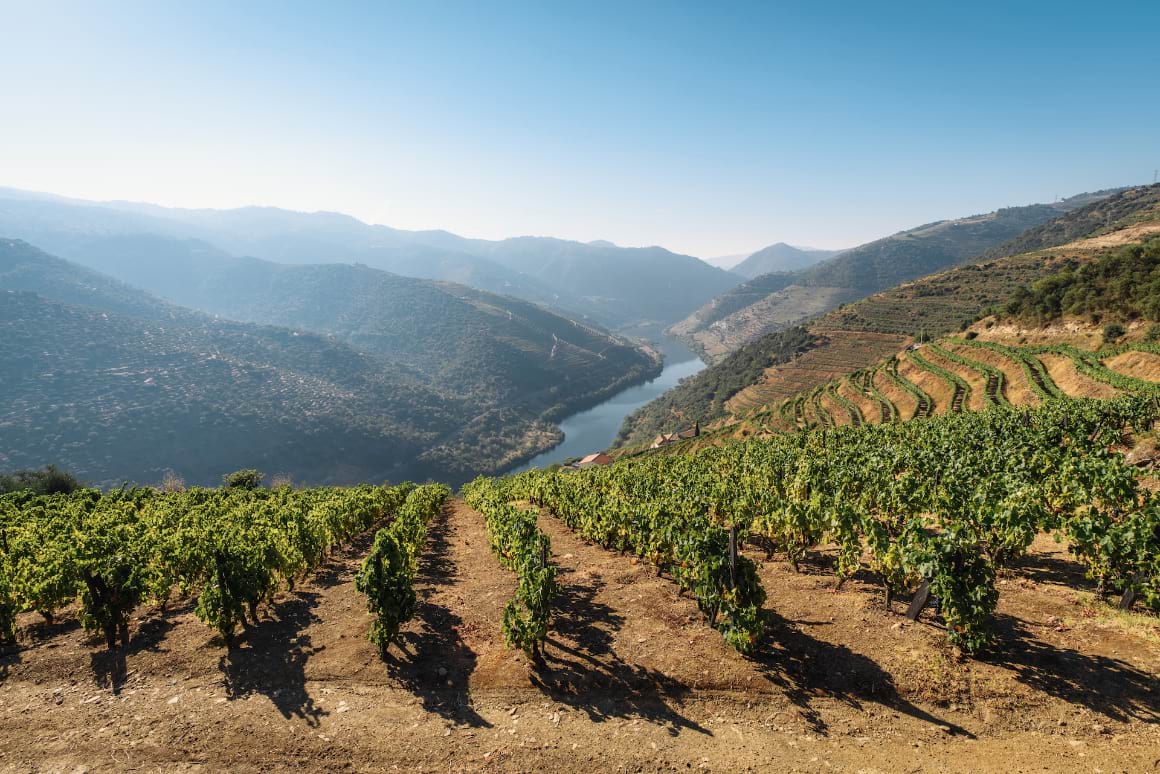
The UNESCO World Heritage Site has three sub-regions within it, namely Duoro Superior, Cima Corgo, and Baixo Corgo, each responsible for wines of a unique nature. The Duoro Valley is home to one of the most famous wine styles in the world, Port. This worldwide favorite is generally made from a number of varietals including Touriga Nacional, Tinta Roriz (Tempranillo), Touriga Franca, Tinta Barroca, and Tinto Cão.
Marlborough, New Zealand
From Europe, it’s off to the other end of the world to explore New Zealand, the land of the hobbits. Marlborough is by far New Zealand’s most famous wine region, located in the far north-eastern stretches of the South Island. It is also the largest wine region in the country, responsible for deliciously zesty and flavorful Sauvignon Blancs.
Generally speaking, Marlborough experiences a temperate climate with low annual rainfall and plenty of sunshine. The result? A long, dry growing season perfect for reaching optimal phenolic ripeness.
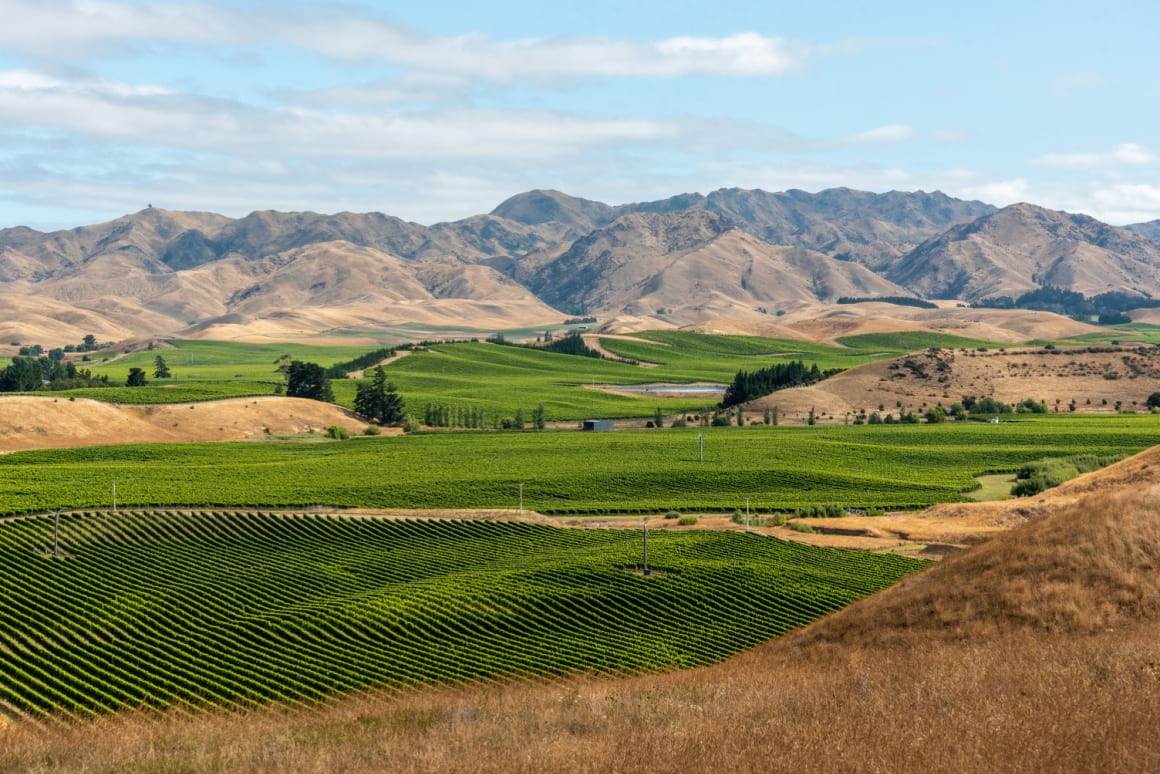
Cooling ocean breezes ensure that the temperatures tend to drop in the afternoons and overnight, leading to a substantial day/night temperature variation. This helps to maintain the acidity in the wines without losing those beautiful characteristics. Other varietals grown in Marlborough include Riesling, Chardonnay, Pinot Gris, Pinot Noir, and small quantities of Tempranillo and Syrah.
Kakheti, Georgia
Finally, we move back to the intersection of Europe and Asia to the most significant wine region you could find on a trip to Georgia, Kakheti. Kakheti is found in Eastern Georgia and is responsible for almost three-quarters of the total wine production in Georgia.
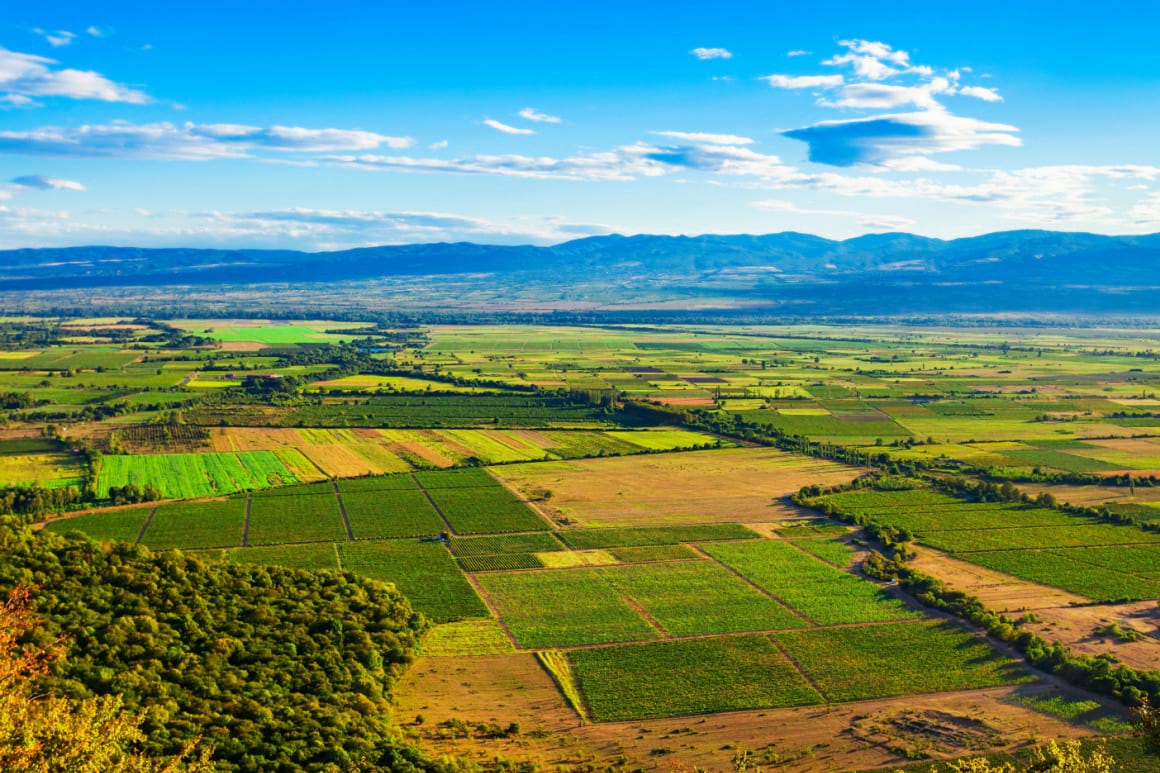
Wine production dates back thousands of years and as a result, the region also produces some of the highest quality wines in the country. The region lends itself to growing an array of grape varietals. Saperavi and Cabernet Sauvignon the most common reds and Kakhuri Mtsvani and Rkatsiteli the most common whites.
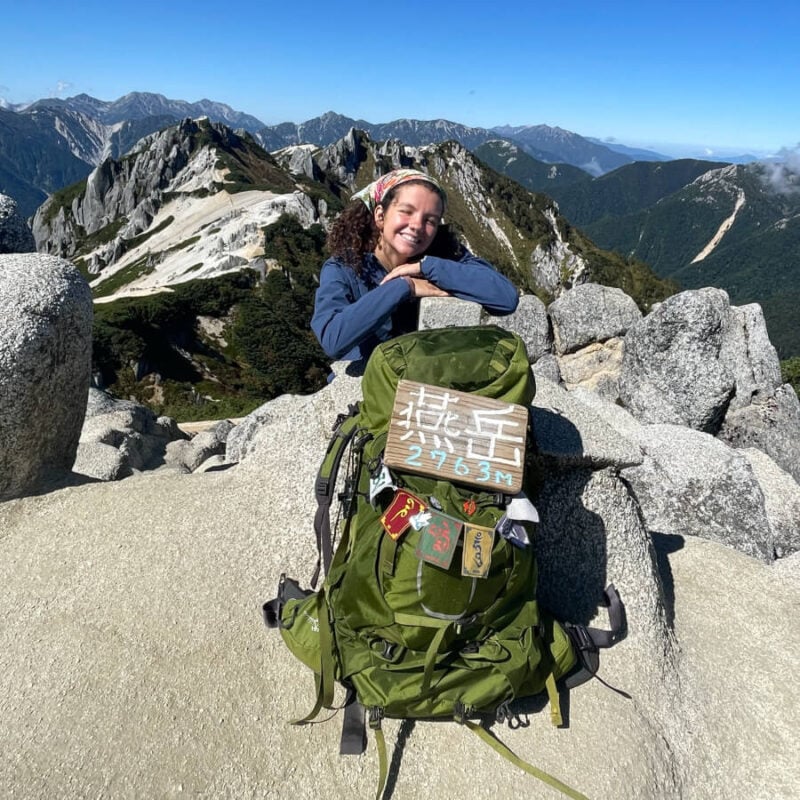
We’ve tested countless backpacks over the years, but there’s one that has always been the best and remains the best buy for adventurers: the broke backpacker-approved Osprey Aether and Ariel series.
Want more deetz on why these packs are so damn perfect? Then read our comprehensive review for the inside scoop!
View on Osprey View on REIThe Best Winery Tours in the World
Now it’s time to have a look at some of the top winery tours in the world – prepare to have your socks blown off!
Tuscany Wine Tour
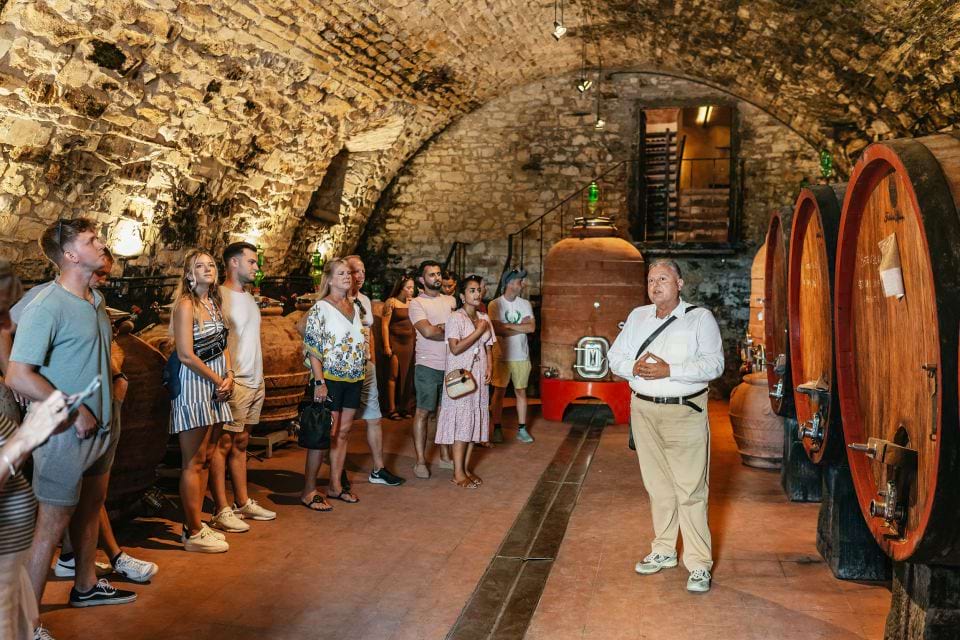
- Florence
- 4.5 hours
- $97 per person
Kicking off the best winery tours in the world takes us to Italy for a day under the Tuscan sun. You will have the opportunity to visit the countryside of Tuscany and head into the heart of the Chianti region – one of Italy’s best! There are two winery visits included in the half-day trip at which you will get to sample some delicious wines from the region.
You will learn all about the production techniques that are employed and you will also get to taste some delicious olive oils too. To round off the day, there are some local cheeses, charcuterie, and bruschetta to fill the void.
Bordeaux Wine Tour
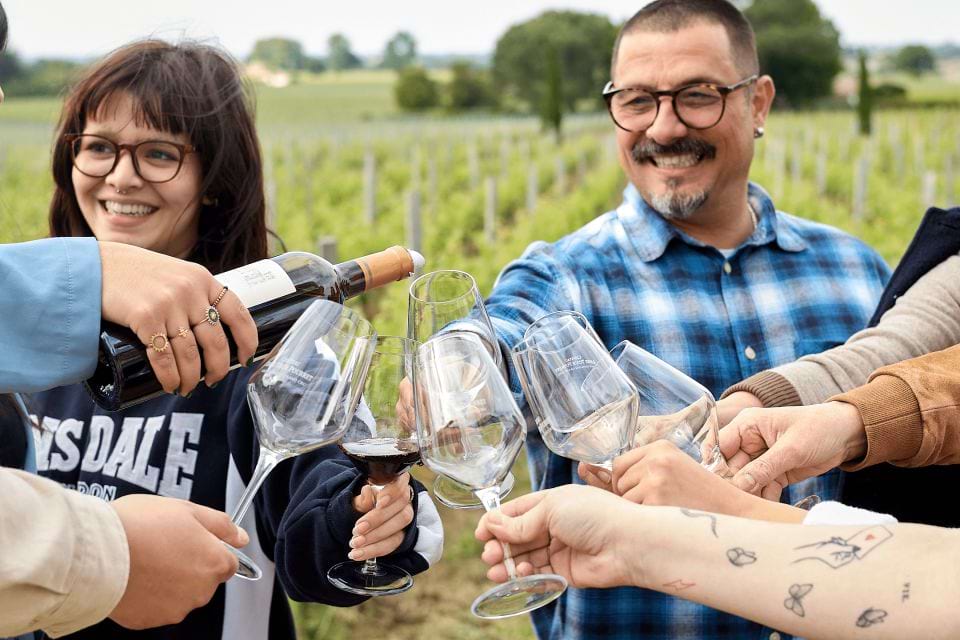
- Bordeaux
- 9 hours
- $184 per person
Next up, we’ve got a full-day winery tour to add to your banging Bordeaux weekend. Now, getting to explore one growing region in a day is great, but this is no ordinary tour. You will get to explore TWO wine growing regions in Bordeaux – Saint Emilion and Margaux.
The tour departs Bordeaux city and heads out to Saint Emilion for a tour of the historical village before tasting of three wines. It’s then off to Margaux for the second vineyard visit where you’ll taste three wines alongside a picnic of local produce. There’s one more wine tasting at a 5th Grand Cru vineyard before the tour concludes and drops you back in the city.
Rioja Wine Tour
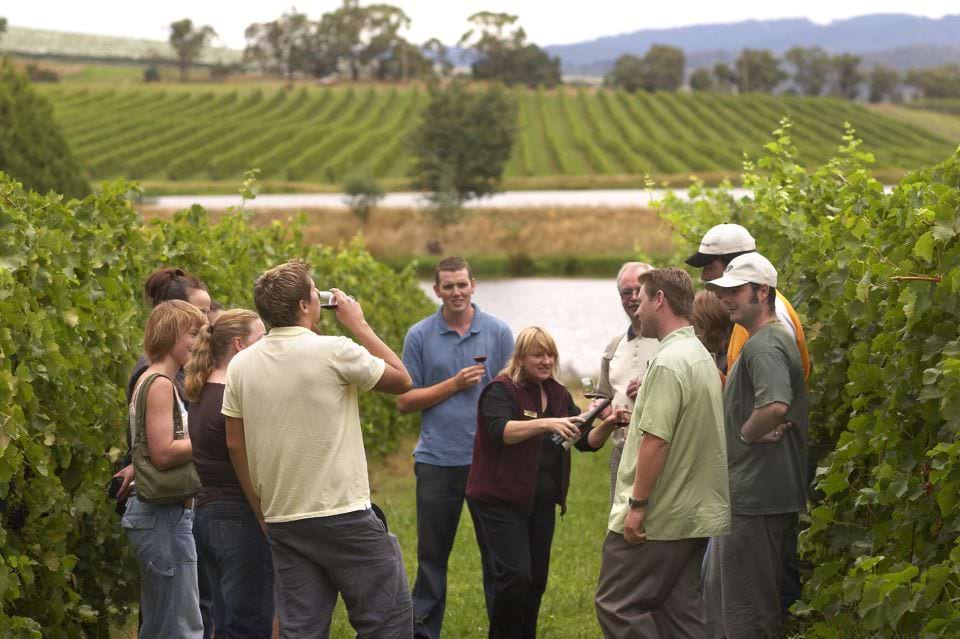
- San Sebastian, Bilbao, or Vitoria
- 7.5 – 9 hours
- $225
Ready to sample some of the finest wines in the whole of Spain? This Rioja winery tour takes you to the world-famous region to explore and discover the Alavesa area. You will visit a traditional winery where you will learn all about the production techniques from harvest to bottle.
The visit includes an insightful tasting of the estate’s wines followed by a local lunch. Get ready for some vino treats from the cellar as well as a sweet ending. The tour starts and ends in either San Sebastian, Bilbao, or Vitoria, depending on where you are staying.
Barossa Wine Tour
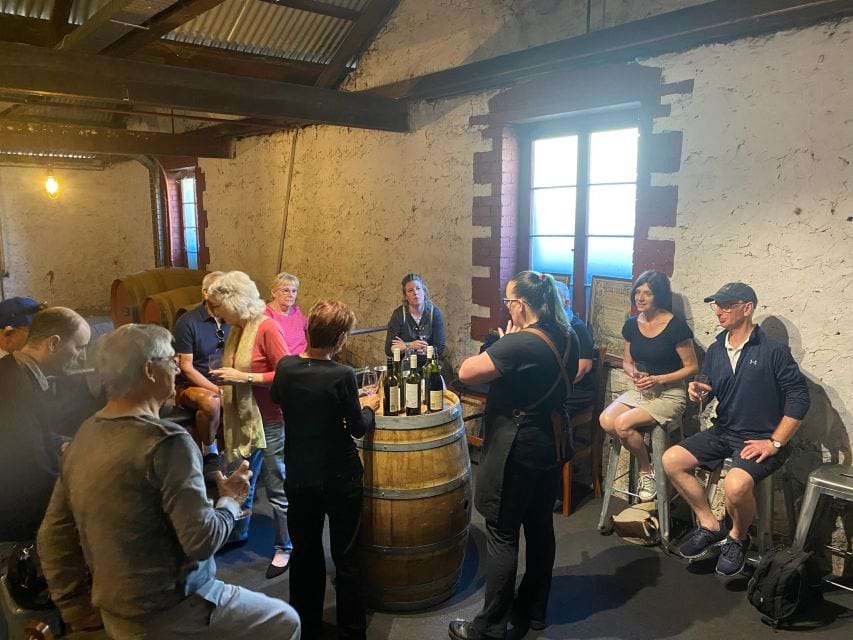
- Adelaide
- 8 hours
- $109 per person
Ready to head down under into the most famous Australian wine region? Then this full-day Barossa winery tour has your name all over it! You’ll transcend through the Barossa Hills from Adelaide, stopping off at Chateau Yaldara for the first tasting of the day.
Saltrams is the next stop of the day to visit their Cellar Door Barrel Hall, followed by lunch at their very own Salters Kitchen. The final stop of the day is at Rosenvale Winery – talk about saving the best for last! After a quick stop at Date Palms, it’s back to Adelaide where the tour concludes.
Stellenbosch Wine Tour
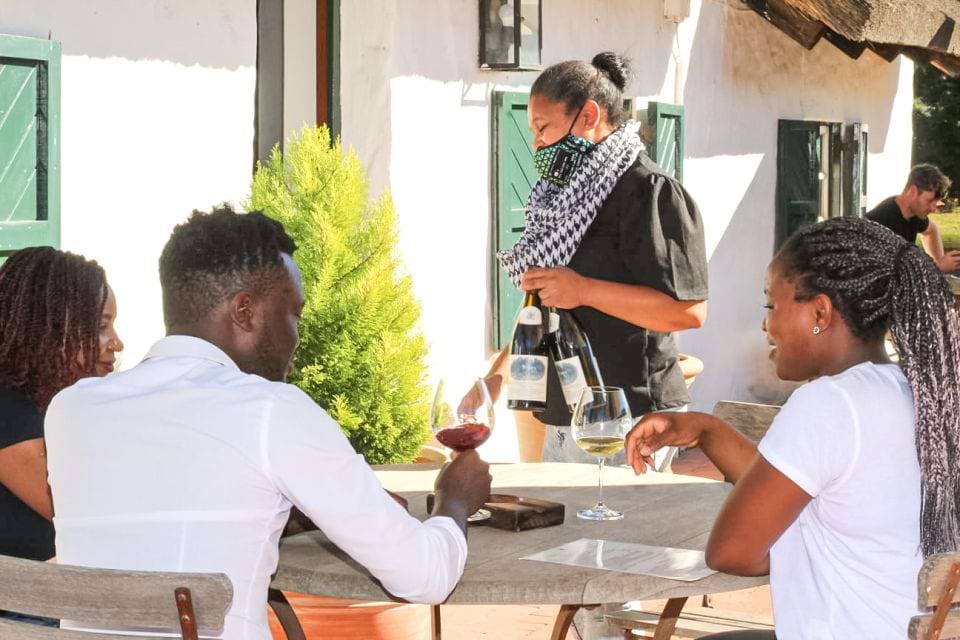
- Cape Town
- 5.5 – 9 hours
- $136 per person
It’s now back to explore sunny South Africa for a full day of exploring the Stellenbosch wine region. Not only do you get to explore the iconic Stellenbosch region, but also another one of South Africa’s smaller wine regions, Franschhoek. The day starts at Jordan Winery, a 300-year-old estate, with a tasting followed by a stroll through the town.
The second tasting for the day is at the iconic Lanzerac estate followed by a visit to the modern Delaire Graaf estate at the top of the Helshoogte Pass. There is an optional lunch stop here, for your own account, before heading to the next region, Franschhoek. The tour concludes here after a visit and tasting at Sir Richard Branson’s winery, Mont Rochelle, before heading back to the city.
Mosel Wine Tour
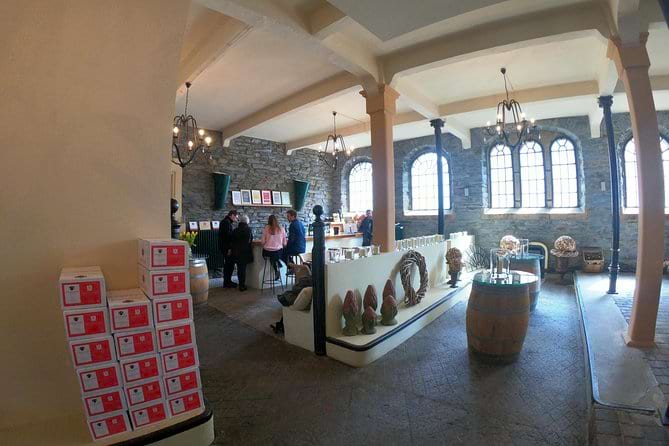
- Traben-Trarbach
- 6 – 10 hours
- $430 per person
Ready to sample some rocking Riesling’s from the Mosel? This full-day Mosel winery tour takes you to the heart of the region to sample some of the best renditions of the varietal. From bone dry, to sweet late harvest, and everything in between, you’ll be a Riesling expert by the end of the day!
But it’s not only about Riesling as there are some other exceptional wines from the Mosel such as Pinot Noir (Spätburgunder) as well as some delicious sparkling wines too. The winery tour includes transport for the day so there’s no need for you to drive, and at least two wineries, depending on how quickly you drink. I say, drink up and squeeze in a third vineyard visit.
Duoro Valley Wine Tour
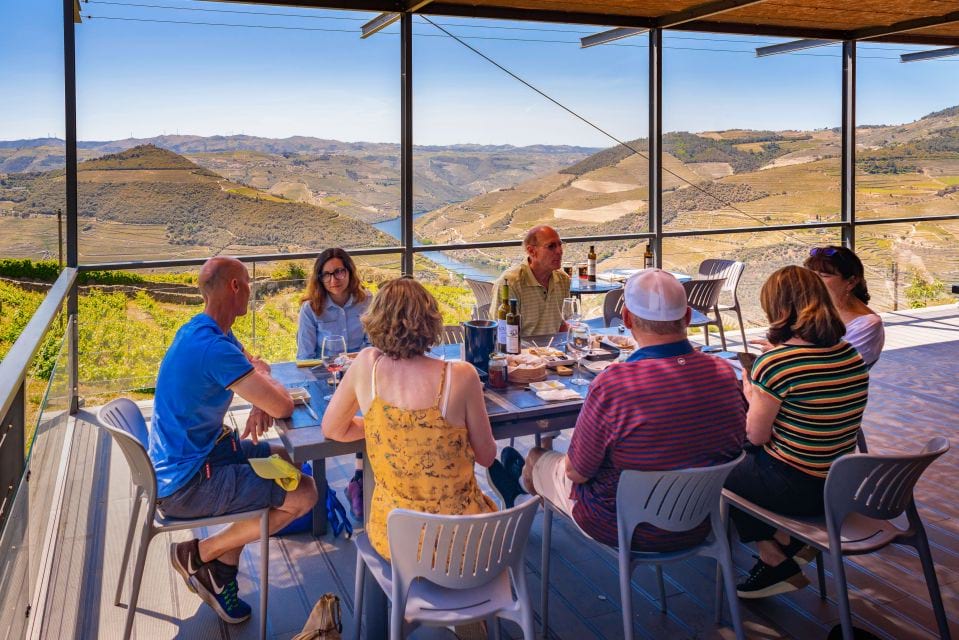
- Porto Downtown/city center
- 9 hours
- $136 per person
Right, this Duoro Valley winery tour is all about, you guessed it, the wonderful fortified Port wine that has made Duoro so famous that it’s even become a UNESCO heritage site. You will visit two local wineries and learn all about the production techniques and grapes varietals used to make the wines.
Leaving from Porto, the tour heads through the beautiful countryside landscapes before stopping at the first winery. After walking through the vineyards, learning about the production, and tasting the wines, it’s off to the second winery to repeat the process. Finally, you’ll head to the village of Pinhão for a local lunch followed by a river cruise aboard a wine-transporting boat known as a rabelo.
Marlborough Wine Tour
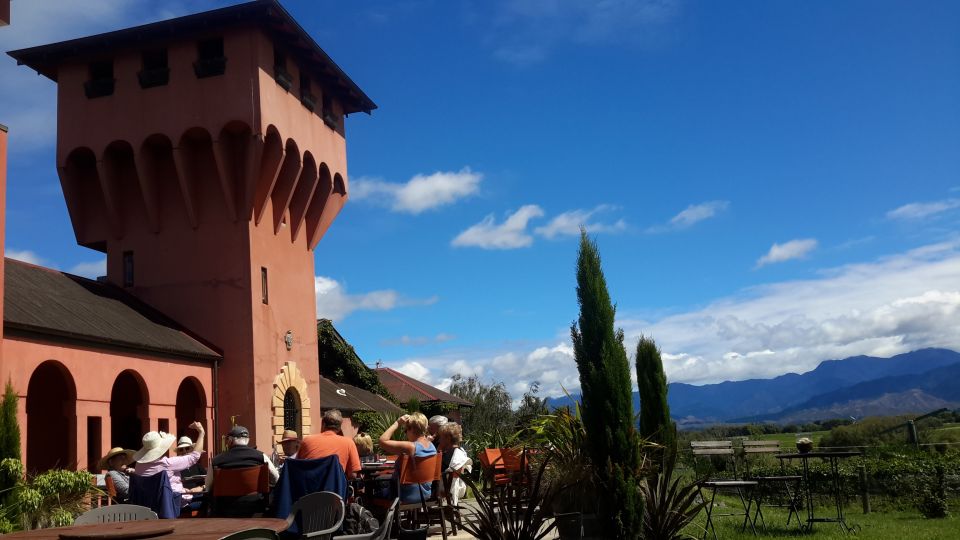
- Blenheim
- 6 hours
- $113 per person
Departing from Blenheim, this Marlborough winery tour takes you to the heart of the region in the Wairau Valley. You’ll explore the vineyards in the valley, learning all about varietals like Sauvignon Blanc and Pinot Noir and why they flourish there. It’s a great way to see the diversity of approaches that different wineries have in the region.
After a local lunch stop, it’s off to the sweet ending for the day – a stop at a local chocolate factory to sample some of the goods. The tour ends back in Blenheim, with a satisfied palette and a new knowledge of the Marlborough wine region.
Kakheti Wine Tour
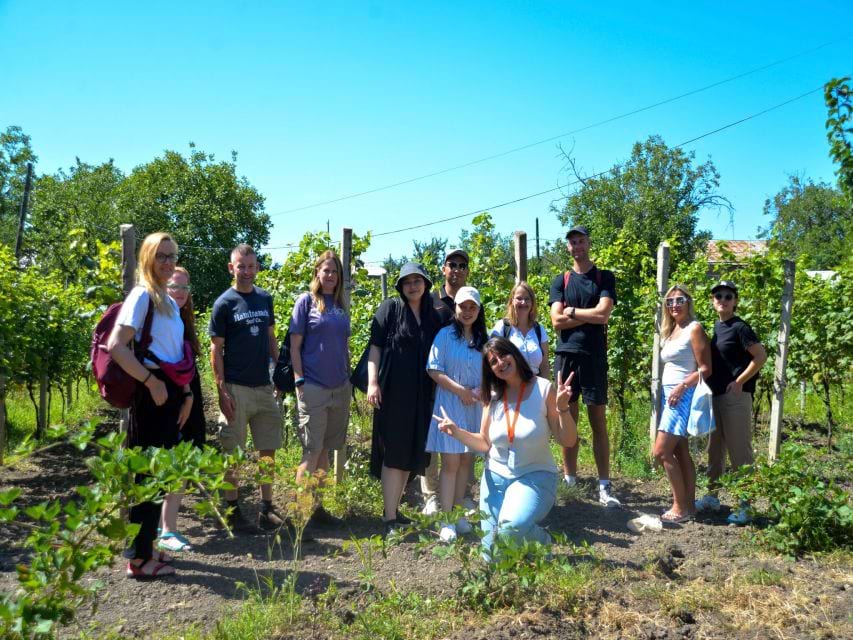
- Tbilisi
- 12 hours
- $39 per person
The final winery tour takes us to the Kakheti in Georgia, the most famous wine region in the country. This full-day tour is as much about culture as it is about wine – a win-win. The day starts off with a visit to a traditional bakery in Badiauri, followed by the Bodbe Monastery of St. Nino and “The City of Love”, Sighnaghi.
It’s then wine-o’clock, starting at Georgia’s largest winery, Khareba. Corporation Kindzmarauli is the second winery visit for the day with a tour of the winery, and a tasting of four wines. The tour concludes back in the capital city of Tbilisi, after which you should be well-versed in Georgian culture and wine!
ALWAYS sort out your backpacker insurance before your trip. There’s plenty to choose from in that department, but a good place to start is Safety Wing.
They offer month-to-month payments, no lock-in contracts, and require absolutely no itineraries: that’s the exact kind of insurance long-term travellers and digital nomads need.
SafetyWing is cheap, easy, and admin-free: just sign up lickety-split so you can get back to it!
Click the button below to learn more about SafetyWing’s setup or read our insider review for the full tasty scoop.
Final Thoughts on Wine Tours of the World
While we draw to a close and put the cork in the bottle on this series, it’s not the end. It’s merely the beginning of the long and wine-ing road ahead for you.
I hope that you’re feeling as inspired as I am by the best winery tours wines that the world has to offer. There is so much to learn, and so much to taste that it’ll take a lifetime to get through it all.
So, what are you waiting for?
Book that flight, secure that accommodation, and get on board that winery tour. The wonderful world of wine is out there and ready for your visit!
Cheers/Saúde/Santé/Zum Wohl/Salud/Gaumarjos/Cin Cin.
- Check out our ultimate guide to Hostel Life.
- For some travel stories inspiration, view our best best places to backpack.
- Embrace the backpacker spirit at one of the world’s best hostels.
- Swing by our super useful backpacking packing list to prep for your trip.
- Sort your international SIM card out to avoid unnecessary hassle.
- Plan your travels perfectly with volunteer opportunities on the road.
Buy Us a Coffee!
A couple of you lovely readers suggested we set up a tip jar for direct support as an alternative to booking through our links. So we created one!
You can now buy The Broke Backpacker a coffee. If you like and use our content to plan your trips, it’s a much appreciated way to show appreciation 🙂




